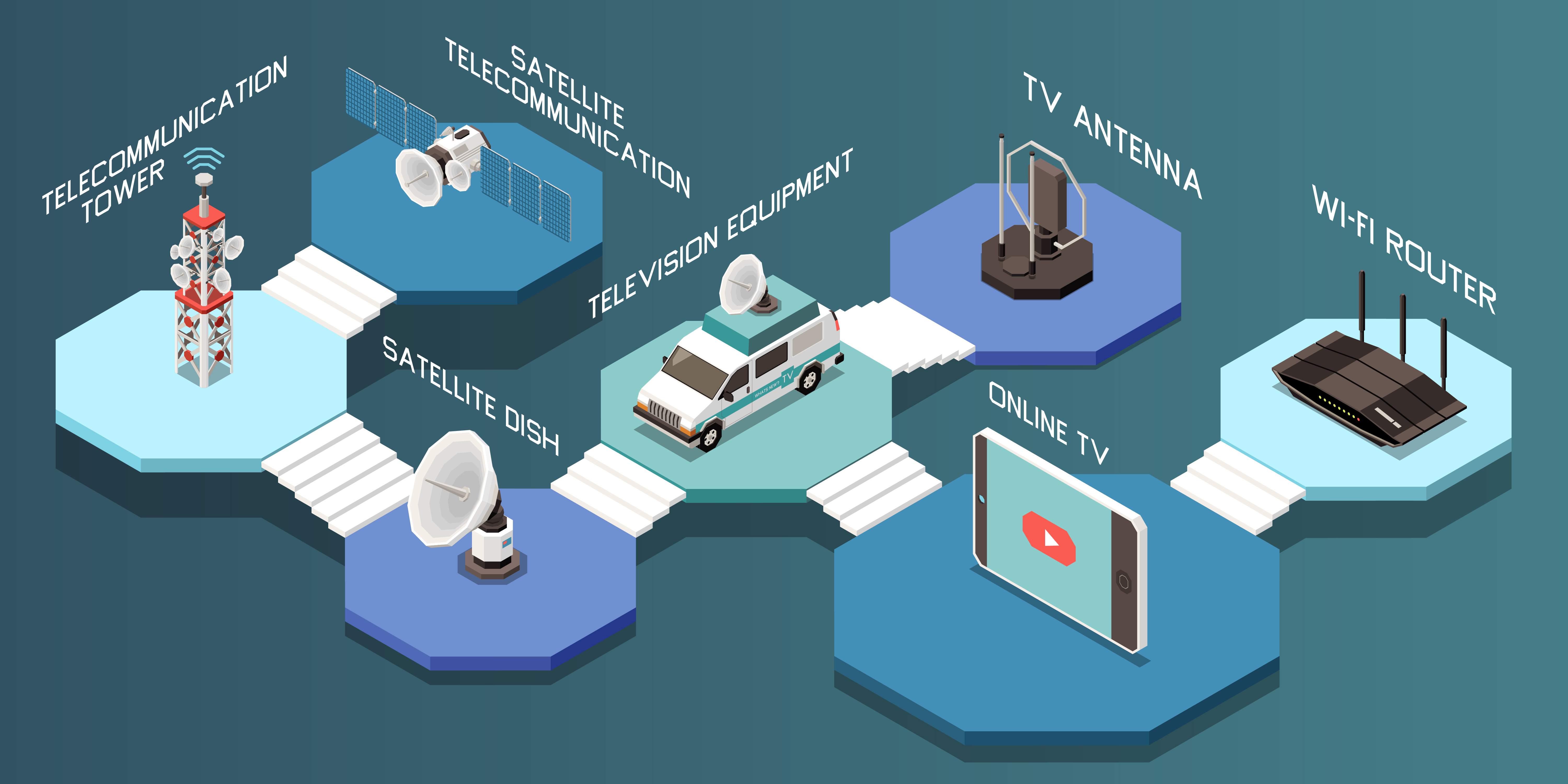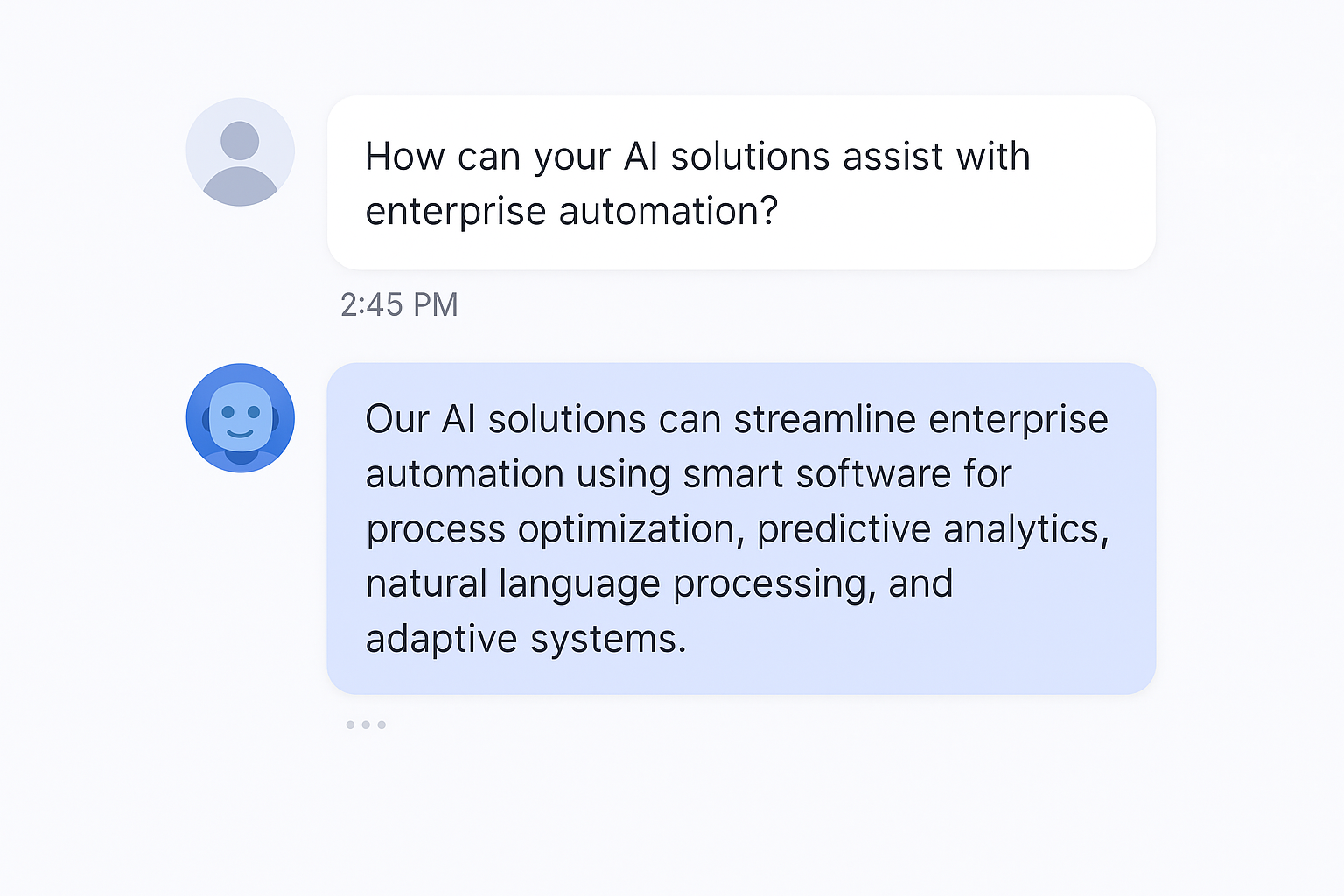Choosing the Right LLM Solution for Your Enterprise

Introduction
As enterprises accelerate their digital transformation journeys, the adoption of AI technologies has become a strategic imperative. Among these, Large Language Models (LLMs) stand out for their potential to streamline operations, enhance productivity, and unlock new business value. But not all LLMs are created equal.
Selecting the right enterprise LLM solution can be the difference between AI success and missed opportunity. This guide will walk you through what to consider when choosing the right LLM development solution and how to evaluate the best LLM company for your needs.
Step 1: Define Your Business Objectives
Start by clarifying the primary goals for adopting an LLM. Are you aiming to automate customer support, improve data analytics, enhance internal documentation, or drive innovation? Your use case will directly influence the type of LLM development solution you need. Clearly defined objectives also help justify the investment to stakeholders and establish KPIs to measure success.
For instance, if you're looking to enhance customer interactions, your ideal solution may be a chatbot powered by an LLM that's trained on company-specific data. If you're focusing on internal knowledge management, you’ll need a system capable of summarizing, searching, and updating internal content repositories. Each goal will shape the functionality and scope of your enterprise LLM solution.
Step 2: Evaluate Model Capabilities
Different enterprise LLM solutions offer varying capabilities:
- Text generation and summarization
- Sentiment analysis
- Semantic search
- Code generation
- Multilingual support
- Domain-specific language understanding
- Conversational AI for human-like interactions
- Data extraction from unstructured content
Make sure to assess these capabilities against your enterprise's specific requirements. For example, legal firms may benefit more from summarization and document comparison features, while e-commerce platforms may prioritize conversational AI and product description generation. A versatile LLM development solution should be able to handle varied tasks under one unified framework.
Step 3: Assess Integration Flexibility
Your chosen LLM should fit seamlessly into your existing technology ecosystem. Look for LLM companies that offer:
- Robust APIs and SDKs
- Pre-built connectors for CRMs, ERPs, and collaboration tools
- On-premise and cloud deployment options
- Compatibility with data lakes and warehouse platforms like Snowflake or Databricks
- Real-time data streaming capabilities
Integration ease can significantly accelerate time-to-value. Enterprises often rely on a variety of tools and platforms—Salesforce for CRM, SAP for ERP, or ServiceNow for ITSM. The enterprise LLM solution should not operate in isolation but enhance and augment the performance of your existing systems.
Step 4: Prioritize Data Security and Compliance
Enterprises must ensure that the LLM development solution complies with data privacy regulations such as GDPR, HIPAA, and SOC 2. Look for features such as:
- End-to-end encryption
- Role-based access controls
- Data anonymization
- Audit trails and compliance reporting
- Model transparency and explainability
Secure data handling during both training and inference
Compliance is especially critical for sectors like healthcare, finance, and government. A failure to meet these standards could lead to significant legal and financial consequences. Choose an LLM company with a strong track record in data governance and AI ethics.
Step 5: Consider Customization and Scalability
No two enterprises are the same. Choose an enterprise LLM solution that allows for customization:
- Training on proprietary datasets
- Custom prompts and instructions
- Adjustable output tone and style
- Domain-specific vocabularies and terminology
Scalability is equally important—your LLM should grow with your business needs and user base. Look for LLM development solutions that support:
- Horizontal scaling for high-availability applications
- Load balancing and caching
- Distributed inference capabilities
- Model versioning and continuous deployment
A scalable and customizable LLM ensures that your investment continues to add value as your enterprise evolves.
Step 6: Evaluate Support and Maintenance
Ongoing support ensures your LLM performs optimally over time. A top-tier LLM company should offer:
- Continuous model updates and patches
- Performance monitoring and analytics dashboards
- Troubleshooting and user training
- Dedicated account management and service-level agreements (SLAs)
- AI governance frameworks for ongoing risk management
Strong post-implementation support is essential for maximizing ROI. It ensures that the enterprise LLM solution adapts to new business needs, integrates new data sources, and remains compliant with changing regulations.
Step 7: Review Pricing and ROI
Understand the cost structure—subscription, usage-based, or custom pricing—and calculate the potential return on investment. The ideal LLM development solution balances affordability with long-term strategic value. Consider:
- Total cost of ownership (TCO) over 3-5 years
- Cost savings through task automation
- Revenue enhancements through customer engagement
- Time-to-value and internal productivity gains
Ask your LLM company to provide a clear pricing model and potential cost-saving scenarios. Make sure the model accounts for both direct and indirect impacts.
Red Flags to Watch Out For
- Black-box models with no explainability or audit logs
- Lack of support for your data formats or platforms
- No clear roadmap for feature updates or innovation
- Limited documentation or onboarding support
- Vendor lock-in and proprietary systems with limited portability
- Poor response times and limited SLA commitments
Avoiding these pitfalls ensures you choose a reliable, future-proof enterprise LLM solution.
Case Studies and Success Stories
Many enterprises have already realized significant benefits from deploying LLM development solutions:
Retail: A multinational retailer used an LLM to automate product content generation, reducing manual workload by 80% while increasing SEO traffic.
Finance: A large investment bank deployed an LLM to summarize lengthy research documents, cutting reading time in half for analysts and enhancing client insights.
Healthcare: A hospital network implemented a custom LLM to auto-generate patient discharge summaries and medical notes, freeing up doctors to focus more on patient care.
These examples highlight how different industries are leveraging the power of enterprise LLM solutions to drive efficiency and innovation.
Future Trends in Enterprise LLMs
The field of LLM development solutions is rapidly evolving. Expect to see:
- Real-time voice and multimodal input capabilities
- On-device and edge deployments for low-latency applications
- Federated learning for decentralized model training
- Explainable AI and ethical audit frameworks
- Industry-specific LLMs pre-trained on vertical datasets
- Natural user interfaces across enterprise platforms
The LLM company you choose should be actively investing in these innovations to future-proof your deployment.
Conclusion
Choosing the right enterprise LLM solution involves more than just selecting a powerful model—it requires careful alignment with your business goals, infrastructure, and compliance needs. By evaluating the capabilities, integration options, support structures, and long-term value of various providers, you’ll be positioned to select an LLM company that delivers real, sustainable value.
Investing in the right LLM development solution today can transform how your enterprise operates tomorrow. Start your selection process with clarity, rigor, and a focus on strategic alignment. Partner with a provider that understands your industry, supports your ambitions, and has the expertise to help you lead in the AI-powered future.
Note: IndiBlogHub features both user-submitted and editorial content. We do not verify third-party contributions. Read our Disclaimer and Privacy Policyfor details.







